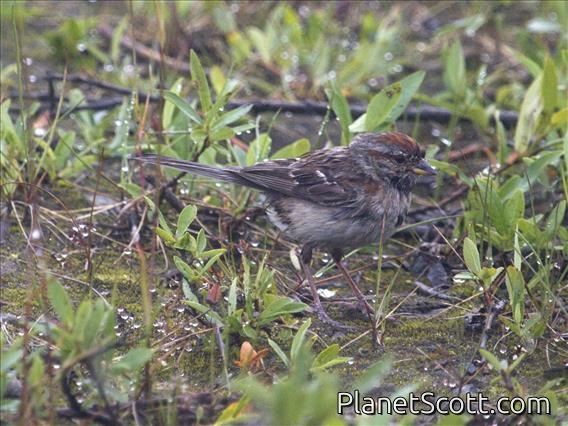American Tree Sparrow (Spizelloides arborea)

American Tree Sparrow (Spizelloides arborea)
×


American Tree Sparrow (Spizelloides arborea)
About American Tree Sparrow (Spizelloides arborea)
- Kingdom: Animals
- Phylum: Chordates
- Class: Birds
- Order: Perching Birds
- Family: Old World Buntings
The American tree sparrow, also known as the winter sparrow, is a medium-sized New World sparrow. It breeds in Alaska and Northern Canada and winters in Southern Canada and the Contiguous United States. It is the only member of the genus Spizelloides.
Source: Wikipedia
Lifelists
Visits
-
2010-06-05
Denali National Park, United States of America -
2010-10-30
Miller Meadow Forest Preserve, United States of America -
2010-11-20
Elgin - Bluff Spring Fen, United States of America -
2013-03-07
Spring Valley Nature Sanctuary, United States of America -
2014-07-16
Nome, United States of America -
-
-
-




